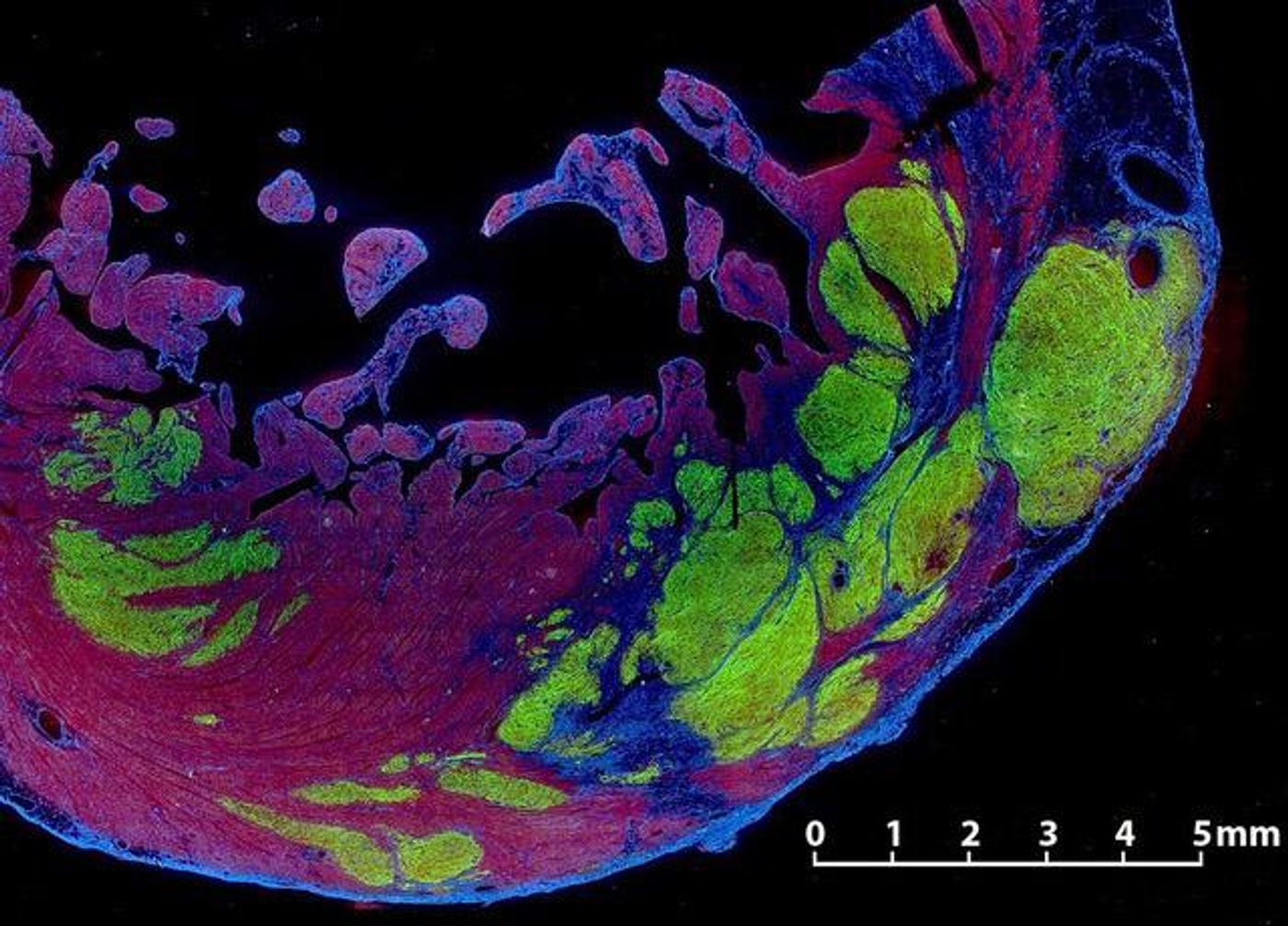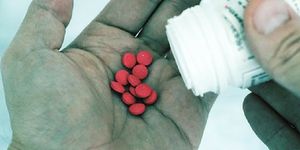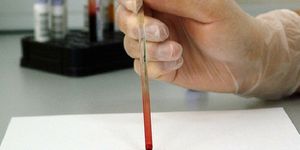Stem Cell Treatment Restores Failing Macaque Monkey Hearts
A new way to prevent heart attack from turning into heart failure relies on heart cells made from human embryonic stem cells. For now, researchers are testing the treatment in macaque monkeys, whose hearts are similar to human hearts in size and function.
The next step? Use the same approach to treat human heart failure, the leading cause of death for both men and women worldwide. Nearly seven million Americans are currently living with heart failure.
In humans, heart tissue damaged by heart disease does not regenerate. Instead, it is replaced with scar tissue cells, called fibroblasts. Scientists have long been researching stem cells and regenerative organisms like zebrafish, looking for a way to make new human heart muscle cells (cardiomyocytes) as a way to better treat heart disease.
"Our findings show that human embryonic stem cell-derived cardiomyocytes can re-muscularize infarcts in macaque monkey hearts and, in doing so, reduce scar size and restore a significant amount of heart function," explained senior project leader Charles Murry. "This should give hope to people with heart disease."
The study began with induced heart attacks in macaque monkeys, effectively reducing their left ventricular ejection fraction (LVEF) to cause heart failure. LVEF describes how much blood the heart can pump out with each heartbeat. After the experimental heart attacks, the monkeys’ LVEF decreased from 65 percent to 40 percent.
Two weeks later, researchers injected heart cells grown from human embryonic stem cells into the scar tissue of an experimental group of failing monkey hearts, with each receiving nearly 750 million cells. A control group received the solution the heart cells were in but not the cells themselves.
Four weeks after treatment, LVEF improved and continued to improve in the experimental group but not in the control group, and MRI scans showed that new heart muscle had grown in the experimental group.
The heart cells derived from human embryonic stem cells had formed new muscle tissue in the area of the heart damaged by the induced heart attack, mixing in with the natural, surrounding healthy tissue and replacing 10-29 percent of the scar tissue.
The ideal for the future is that, based on these findings, researchers can develop a one-time only treatment that could be given to people quickly after a heart attack to prevent heart failure.
The present study was published in the journal Nature Biotechnology.
Source: University of Washington Health Sciences/UW Medicine









